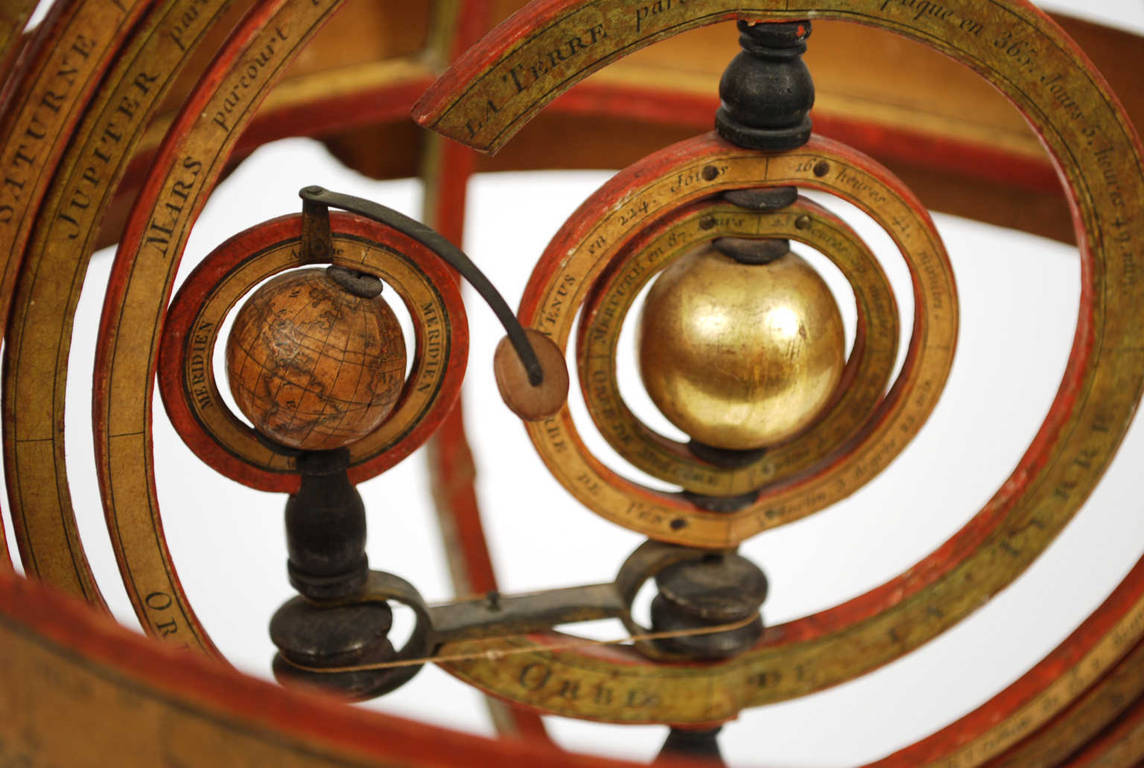1763222372Code 8248 Antique SextantBurnished black brass sextant, signed Heath & Co Ltd. Eltham London, Hezzanith Pat 17840, from the second half of the 19th century, housed in its original mahogany box, complete with locking hooks, a concealed handle, and brass hinges. The sextant is locked inside the box, and comes with a key.
Box dimensions: 27.5 x 25 x 14 cm – 10.8 x 9.8 x 5.5 in
Silver lip and vernier, wooden handle, three colored glasses for the fixed mirror and four for the movable one, three telescopes, one long, spare lens, two filters, a microscope for reading the vernier graduated from 0 to 150°, index and horizon mirrors. In perfect working order. Condition: very good. Complete with custom-made wood and brass stand.
Heath & Co. was one of the most renowned British manufacturers of scientific and nautical instruments. Founded in London around 1845 by George Heath, it continued the family tradition that had been active in the field of optical and navigational instruments since the 18th century.
During the 19th century, the company distinguished itself for the production of sextants, octants, compasses, barometers, and precision instruments for the British navy and merchant navy. In the 1880s, the company changed its name to Heath & Co. Ltd. and moved to its New Eltham factory.
The brand "Hezzanith"—a contraction of Heath's Zenith—was introduced to identify high-precision sextants, produced using advanced techniques and appreciated for their mechanical and optical quality.
The company remained active until the mid-20th century, when it was gradually absorbed by other companies in the industry, such as W. F. Stanley & Co.
The sextant is an ancient astronomical instrument used to measure the altitude of a celestial body (such as the Sun). The instrument is placed on a vertical plane and, looking through the sighting device, the horizon line visible through the unsilvered half of the fixed mirror is sighted. By moving the alidade, with which the
mirror is attached, the light rays coming from the celestial body, which are subsequently reflected by the movable mirror and the silvered half of the fixed mirror, are reflected by the latter in the direction of observation. Looking through the sighting device,
the image of the celestial body, obtained by double reflection, appears to coincide with the horizon line. The altitude of the celestial body is expressed by the angle whose value is read on the graduated scale. The filter is used when the celestial body being sighted is the Sun.
Sir Isaac Newton invented the principle of double reflection in navigational instruments, but his research was never published. Subsequently, two men, independently of each other, discovered the sextant around 1730: John Hadley (1682-1744), an English mathematician, and Thomas Godfrey (1704-1749), an American inventor. But it was not until 1758 that Admiral John Campbell conducted a series of trials on the open sea to test a new method that relied on the lunar distance as a means of calculating longitude. This is how the sextant was developed. Initially made of brass, their scales were divided with great precision by mathematicians who made scientific instruments.





























